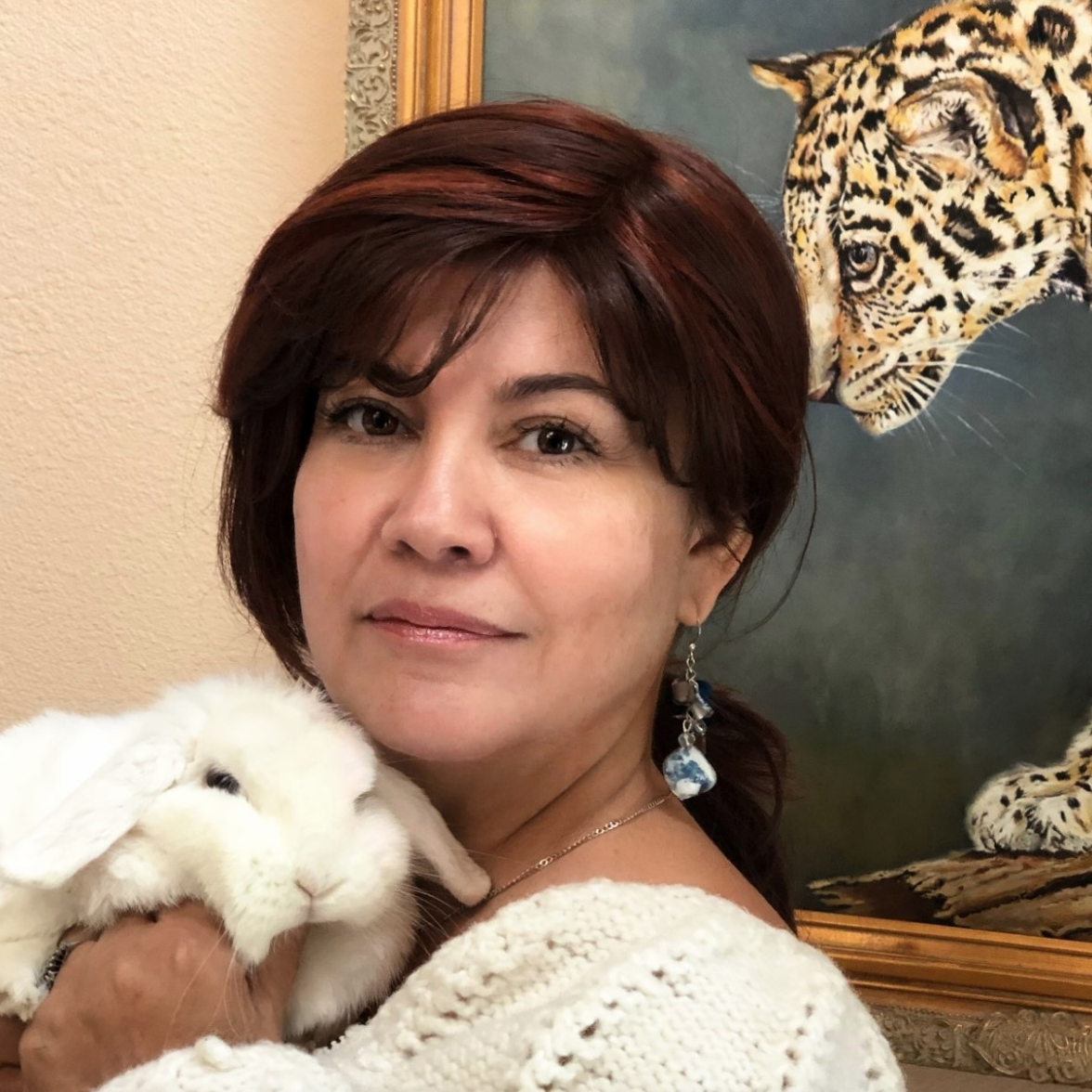The City of Castres displays an unpublished exhibition of the graphic work of Mariano Fortuny in the collections of the museum Goya until October 26th, 2008.
Mariano Fortuny y Marsal (1838-1874) is one of the notable artists of the Spanish school of the XIXth century. A fervent admirer of Goya, he had an incontestable influence on the Spanish and Italian painters of his epoch. Following a stay in Morocco in 1860, his topics evolve towards Orientalist subjects.
Mariano Fortuny's was not only an accomplished painter, but also a very good engraver and designer. The museum Goya, thanks to a donation of the stepdaughter of the artist in 1951 and regular purchases, has eighty-seven of his writings on paper drawings and watercolors, engravings. As part of this exhibition, this whole fund of graphic art is introduced to the public, illustrating his talent for design.
Loose translation from text via Ambassadeur du Tarn with permission of Patrick Moron
A wonderful list of his work can be viewed at Goya Museum


 Antiquaries
Antiquaries

 Musketeer
Musketeer Tomb in North Africa
Tomb in North Africa Idyll
Idyll A Burro on the Patio
A Burro on the Patio The Moment of Lecture
The Moment of Lecture Bullfight
Bullfight
 Study
Study The Bullfighter's Salute
The Bullfighter's Salute
 Children in Japanese Hall
Children in Japanese Hall






 The Cafe of the Swallows1868
The Cafe of the Swallows1868






